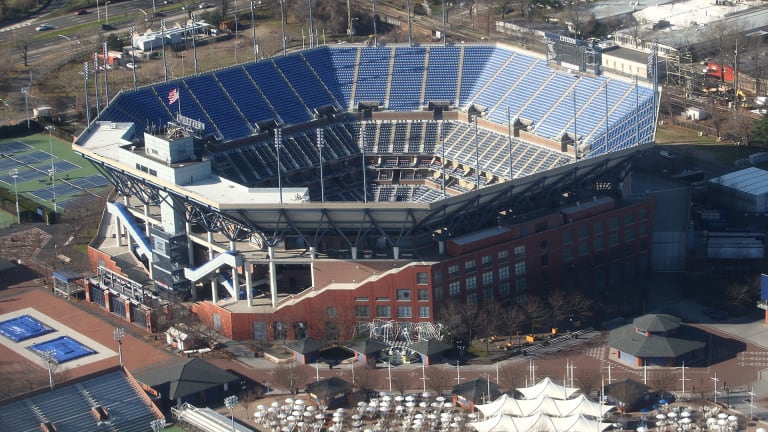Lifestyle
Is Arthur Ashe Stadium sinking? Geological survey sounds the alarm in Queens
By Sep 29, 2023Lifestyle
WATCH: Aryna Sabalenka swoons over Rome pasta, gelato, dreams of winning in Foro Italico
By May 12, 2024Lifestyle
Whipped Goat Cheese Prosciutto Cups: Roland Garros Recipes from Culinary Tours
By May 10, 2024Lifestyle
French Onion Mushroom Tart: Roland Garros Recipes from Culinary Tours
By May 10, 2024Lifestyle
Blue Cheese Steak Frites Bites: Roland Garros Recipes from Culinary Tours
By May 10, 2024Lifestyle
Three French-inspired recipes from Culinary Tours to elevate your Roland Garros watch party
By May 08, 2024Lifestyle
A chef, a lawyer, a pilot: What job would ATP stars have if not tennis?
By May 08, 2024Lifestyle
Lesia Tsurenko speaks on 'very special' ties to Italy after Rome victory
By May 08, 2024Lifestyle
Aryna Sabalenka has hilarious cake mishap while celebrating 26th birthday
By May 06, 2024Lifestyle
The Tennis Traveler: Top 5 things to do in Rome
By May 02, 2024Lifestyle
Is Arthur Ashe Stadium sinking? Geological survey sounds the alarm in Queens
The ground beneath the massive tennis stadium is subsiding at a rate nearly three times faster than the rest of the city average, according to a NASA-led study.
Published Sep 29, 2023
Advertising

New York City is sinking at a rate of about 1.6 millimeters per year on average, with Arthur Ashe Stadium sinking at 4.1 millimeters per year.
© 2021 Getty Images

Concern for the land beneath Arthur Ashe Stadium led to delays in construction of its roof, which was added in 2016.
© 2009 Getty Images